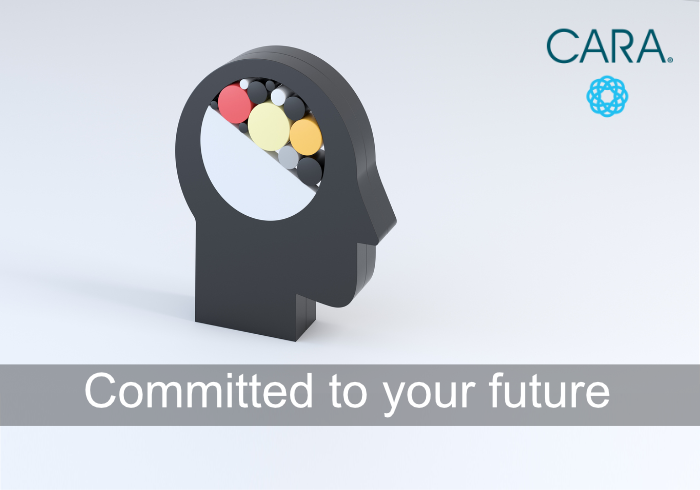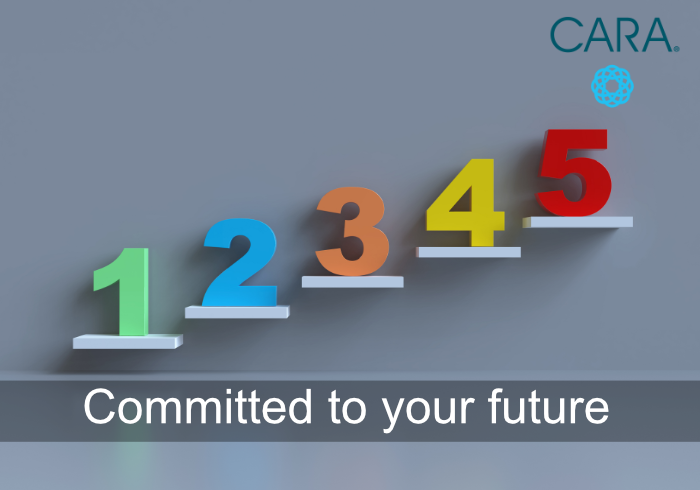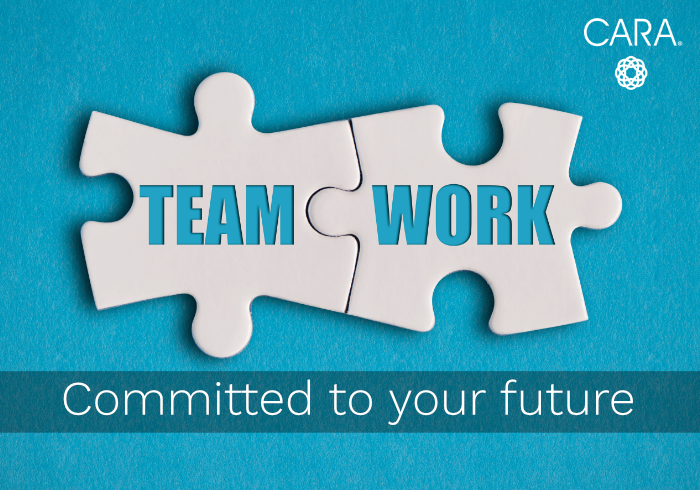
Welcome back learner persona enthusiasts! In the previous article (How Learner Personas Can Enhance your Instructional Design Approach, Part 1) we showed you how five personas captured the core…

Welcome back learner persona enthusiasts! In the previous article (How Learner Personas Can Enhance your Instructional Design Approach, Part 1) we showed you how five personas captured the core…

When was the last time you’ve created a development program wondering “How well will this align with the audiences’ inherent learning needs…really?” If this is a question you’ve asked yourself,…

The theme for International Women’s Day this year is #BreaktheBias. Bias is tricky, often an unconscious, knee-jerk response to the unknown. It is perpetuated by culture, those unspoken assumptions of…

Is your organizational learning strategy keeping pace with agile business strategy? As a business leader, you have heard the buzz, “The Big Quit” … “The Great Reshuffle” …” Hybrid Workforce”,…

Consider these instructor scenarios: “I feel like I’m pulling teeth to get my students to actively participate in their learning or remember the key points I just presented.” “At the…

Companies are committing to diversity, equity, and inclusion as they develop and design their learning and documentation. I have learned a great deal about accessibility in learning and documentation since…

My vision has always been to build a community within CARA where our consultants could learn from and connect with each other. I believed from the start that this kind…

Reflecting on International Women’s Day, the #ChoosetoChallenge theme, and Women’s History month overall, I am proud of how CARA continues to evolve and strengthen our commitment to diversity and inclusion….

Sharing a point of view by one of our consultants, Nicole De Falco. “Training is the universal donor.” Said an HR manager to a very wet-behind-the-ears Nicole, when she tried…

Inclusion may not be rocket science, but it is human science. And, in today’s environment, it is non-negotiable. Inclusion is imperative for leaders to drive up innovation and drive out…